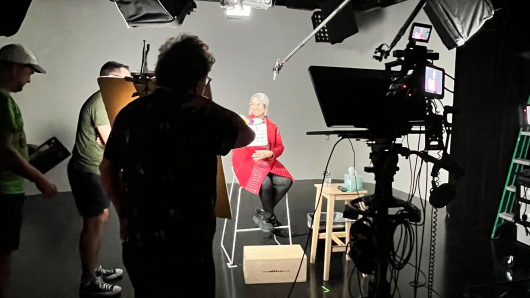Outsmarting Implicit Bias

Associated Schools



Gain a better understanding of how your mind works; specifically, how implicit biases emerge from social group variations, including qualities like a person’s age, gender, race/ethnicity, social status, sexuality, and more.
Achieve an understanding of implicit bias through scientific evidence in the fields of experimental psychology, neuroscience, behavioral economics, and sociology.
Recognize the influence of implicit bias in any sphere where work is done.
Grasp how implicit bias leads to inaccurate conclusions and decisions that are in opposition to your personal and professional goals.
Identify the situations in which bias arises in daily work-related processes of recruiting, selecting, hiring, promotion, managing teams, interacting with customers, clients, or the public.
Ultimately, make decisions that are consistent with your own goals and are in the best interest of yourself, your organization, and society at large.
Do we really understand what goes into our decision-making process at the office and at home?
The last fifty years of research in experimental psychology has shown that we may not understand our minds as well as we think we do; however, we can reveal a world of hidden thoughts when we observe our minds through the science of implicit bias.
Implicit bias refers to judgments made without conscious awareness about a person, based on group-level features such as age, gender, race/ethnicity, social status, sexuality, and more. Developed and taught by Harvard Professor Mahzarin Banaji, this course begins with the premise that implicit bias is a feature of all human minds. The first step to recognizing the impact of bias and making better decisions in life and at work is a willingness to examine your own thoughts and behaviors with scientific curiosity.
In this interactive course, you will experience the way your mind works, how it influences your decisions, and how you can outsmart it to overcome implicit bias. Read More
With Professor Banaji as your guide, you will be introduced to experts, case studies, and well-established scientific research to better understand implicit bias and the ways it can be addressed by individuals, organizations, and societies. You will hear from industry leaders on how unintended bias seeps into the daily work of organizations and how they developed practices to detect and challenge this bias in the workplace. You will practice proven strategies to avoid common pitfalls and gain valuable resources that will help you outsmart implicit bias at work. Engaging exercises will often surprise you and reveal how your perception doesn’t align with objective reality. With reflective questions, you will begin to draw your own conclusions about the unintended impact of implicit bias and why it may impede your effectiveness as a member of your organization.
Because bias isn’t something that can be willed away, this course offers a blueprint to outsmart implicit bias. This is fundamental to achieving the promise of better decisions in the workplace and leading an examined life—where our actions are more consistent with our values.